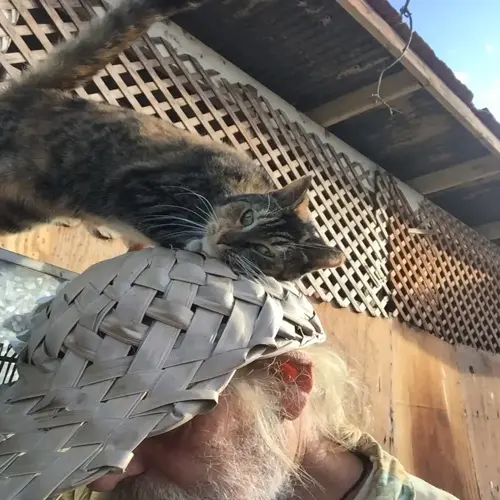Why do cats resist entering carriers?

Written by
Victoria Hayes
Reviewed by
Prof. Edward Clarke, Ph.D.Cats are averse to entering carriers because of their deep-seated instincts and negative associations with such vehicles. Cats view crates and carriers as confined spaces that may trap them and trigger their instinct to escape. Negative memories of past trips to the veterinarian can cause lasting fear. Understanding these factors can lead to effective solutions, making transportation rides less stressful for both the cat and the owner.
Instinctual Traps
- Cats perceive enclosed spaces as predator threats
- Their evolutionary wiring triggers immediate escape responses
- Carrier confinement feels like life-threatening entrapment
Negative Associations
- 96% of vet visits begin with carrier use
- Painful procedures create lasting trauma links
- Car sounds become conditioned fear triggers
Sensory Overload
- Unfamiliar carrier smells overwhelm feline senses
- Plastic odors mimic predator warning scents
- Restricted vision increases vulnerability perception
To reconstruct the positive connotations associated with your pet, you will need to be patient and employ specific techniques. Start with the carriers in positive nap areas, equipped with bedding. Feed them their food near the airlines to establish positive associations. After several weeks, move food bowls into the airlines. This technique rewires the brain to create non-fearful associations.
Counter-conditioning alters emotional responses. High-value treats (tuna flakes) are used only during exposure. Sessions are under 2 minutes at first. Increase exposure time gradually as acceptance is gained. Don't force entry. Let cats explore on their own.
Environmental alterations lessen triggers of resistance, and cover carriers with familiar-smell blankets between uses. Use synthetic pheromone sprays 30 minutes before transport. Use carriers with openings on top to avoid confrontation loading. These changes instill feelings of safety.
Some circumstances require more professional help. Your local veterinary behaviorists can vet prescription anti-anxiety medication if necessary. Medication works best when used in combination with behavioral modification plans. Recording progress with a journal can be an effective technique. It is a good idea to celebrate the little things your cat achieves along the way to feeling comfortable.
Read the full article: Choosing the Right Cat Carrier Size Guide

